
Original: Pink Brains, DeFi analysis platform
Compiled by: Yuliya, PaNews
The competitive landscape of the current cryptocurrency space is changing. The focus is no longer on the war between L2s; a new battlefield has emerged: stablecoin chains. Numerous companies, including Tether, Circle, and Stripe, are launching their dedicated blockchains aimed at serving global stablecoin payments.
Why Do We Need New Dedicated Chains?
Some may ask, since public chains like Ethereum, Solana, and Tron already exist and operate well, why do we need to build new blockchains? The answer lies in the fact that these existing public chains were not designed for the following specific needs:
- Massive Transactions with Low Latency: Supporting millions of transactions daily with millisecond-level latency.
- Predictable Low-Cost Fees: Transaction fees are priced in the stablecoin itself, and costs are predictable.
- Embedded Fiat On/Off-Ramp Channels: Native integration of fiat and cryptocurrency exchange functions.
- Compliance-Friendly Privacy: Providing privacy protection features that meet regulatory requirements.
- Custom Control Over Infrastructure and Economic Models: Allowing project teams to customize the underlying architecture and economic incentives.
What we are witnessing is a shift from general-purpose blockchains to vertical-specific dedicated chains. These new "vertical chains" are optimized end-to-end for payments, settlements, and scalable applications.
Here are detailed introductions to seven major native stablecoin chains, including their builders, how they work, and their development directions.
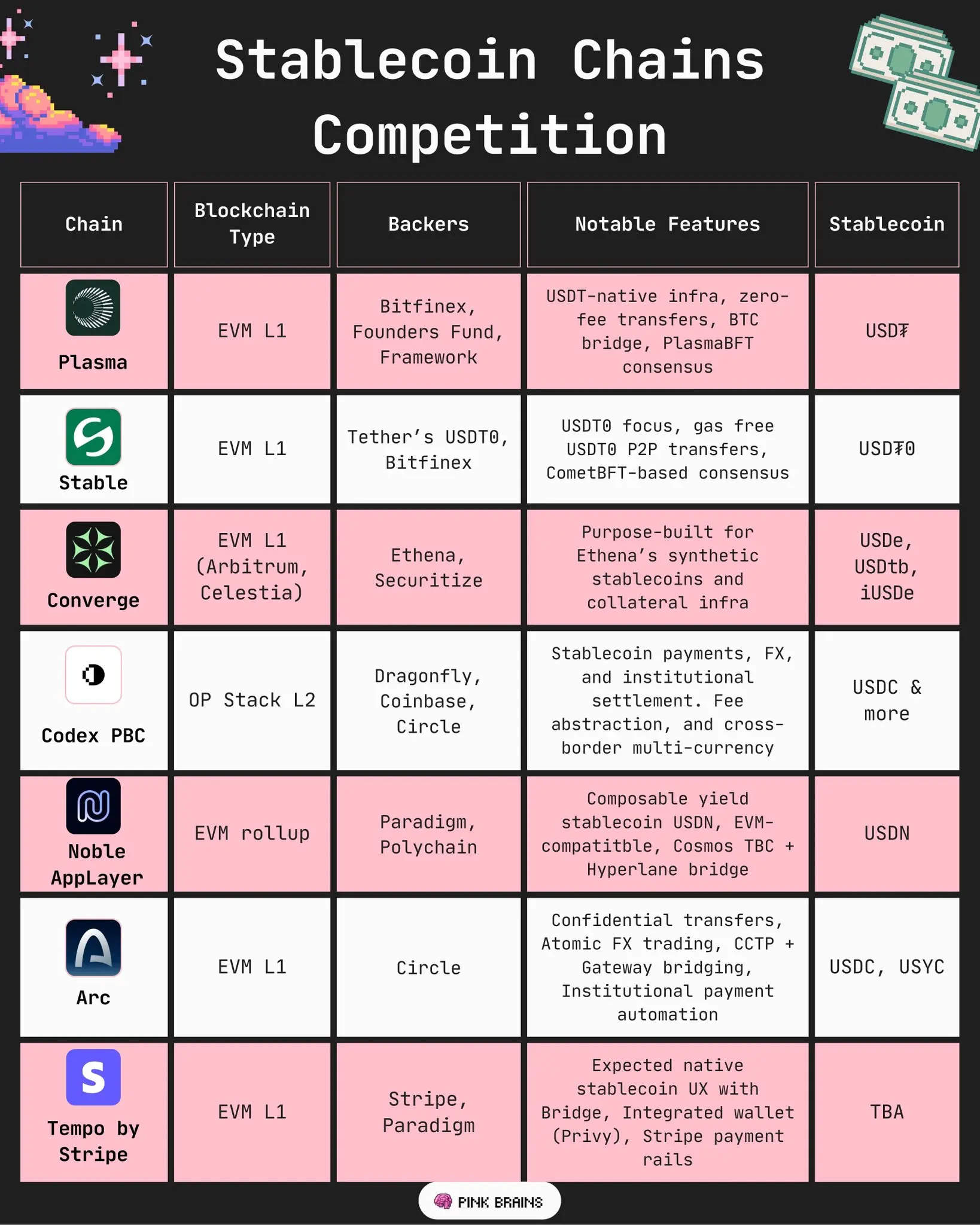
Plasma
Plasma is a sidechain secured by Bitcoin and compatible with EVM, focusing on optimizing USDT transfers.
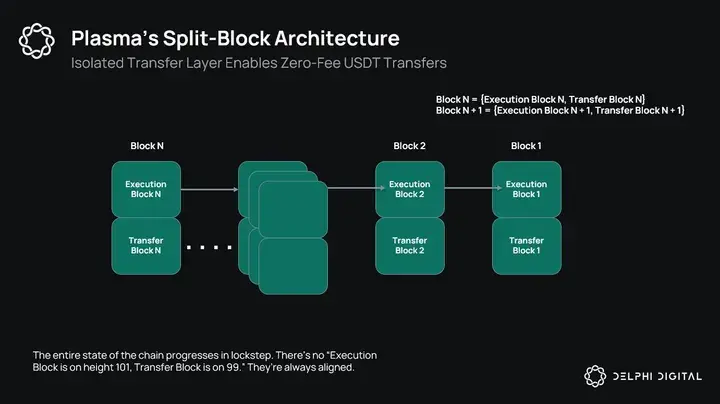
- Core Technology: Utilizes the PlasmaBFT consensus mechanism, a pipelined and parallelized variant of the Fast HotStuff protocol, aimed at achieving faster transaction finality and high throughput.
- Fee Model: Offers zero-fee USD₮ transfers, supports customizable Gas tokens, and provides optional privacy payment features. Additionally, Plasma is fully EVM compatible.
- Integrated Facilities: Built-in complete stablecoin infrastructure, including card issuance, fiat and cryptocurrency conversion channels, risk management tools, and privacy payment features.
- Native Bridge: Features a native and trust-minimized BTC bridge that supports direct interaction between BTC and EVM chain assets.
- Existing Partnerships: Yellow Card (facilitating USDT remittances in Africa via Plasma), BiLira Kripto (providing compliant exchange channels for Turkish Lira and USDT in Turkey), Uranium Digital (enabling 24/7 on-chain uranium settlements), Axis (launching interest-bearing stablecoin xyUSD supported by hedge fund strategies), Curve Finance (planning to support deep and efficient stablecoin exchanges). Other well-known multi-chain DeFi protocols like Aave, Pendle, and Ethena also plan to join.
In terms of financing, Plasma has received support from Founders Fund, Framework Ventures, and Bitfinex, raising $24 million in its latest funding round. Its public token sale attracted $373 million in subscription interest and sold out in 30 minutes. Its testnet is now live, with the mainnet set to launch soon.
Stable
Stable is a new EVM-compatible Layer 1 blockchain co-developed by Bitfinex and Tether. Stable aims to eliminate nearly all friction when transferring USDT at scale.
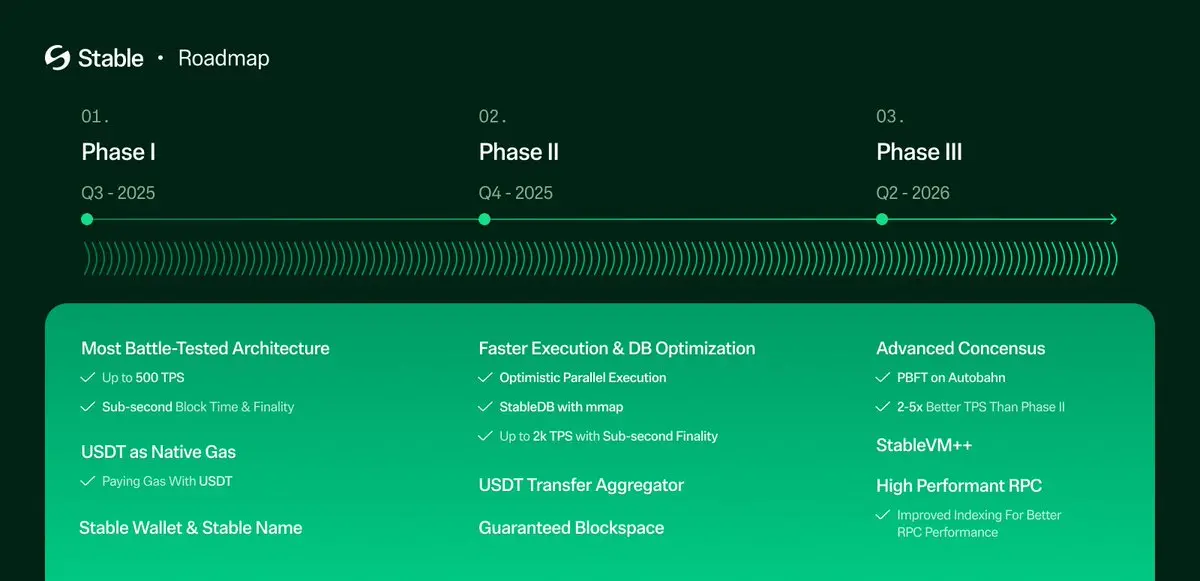
- Core Technology: Operates on the StableBFT consensus, a CometBFT PoS mechanism designed for high-load stablecoin operations, characterized by low latency and high throughput. It aims to achieve speeds of up to 10,000 transactions per second (TPS) through optimistic parallel execution.
- Fee Model: Its native Gas token is gasUSDT, but thanks to account abstraction technology, users can pay transaction fees directly with USDT0. Peer-to-peer USDT0 transfers are gas-free, and holders can achieve gas-free transactions through LayerZero relays.
- Ecosystem Integration: Its roadmap includes built-in fiat on/off-ramp channels, debit card integration, and enterprise-level "fast lanes," aiming to combine the speed of on-chain funds with a Web2-like smooth user experience.
In terms of financing, the project raised $28 million in a seed round led by Bitfinex and Hack VC, with participation from Franklin Templeton, Castle Island, and USDT0. Currently, Stable is in the private testnet phase, with a public testnet expected to launch later this year.
Converge
Converge is an Ethereum Layer 2 network built on Arbitrum technology, co-developed by Ethena Labs and Securitize.

- Core Technology: The execution layer uses Arbitrum, with data availability provided by Celestia. It employs a Conduit-driven custom G2 sorter, targeting a block time of 100 milliseconds and planning to achieve GigaGas+ throughput.
- Fee Model: Gas fees are paid in $USDe and $USDtb.
- Security and Validation: Nodes validate transactions by staking $ENA in the Converge validator network. Custodial security is provided by institutions such as Anchorage, Fireblocks, Zodia, and Copper, adding operational comfort for institutional users.
- Existing Partnerships: Hamilton Lane (bringing tokenized private credit and equity funds), Morpho Labs, Pendle, Maple Finance, Horizon, and other permissioned applications for institutions, as well as native applications focused on sUSDe and real yield (such as Strata, Terminal, Ethereal, Aave, etc.).
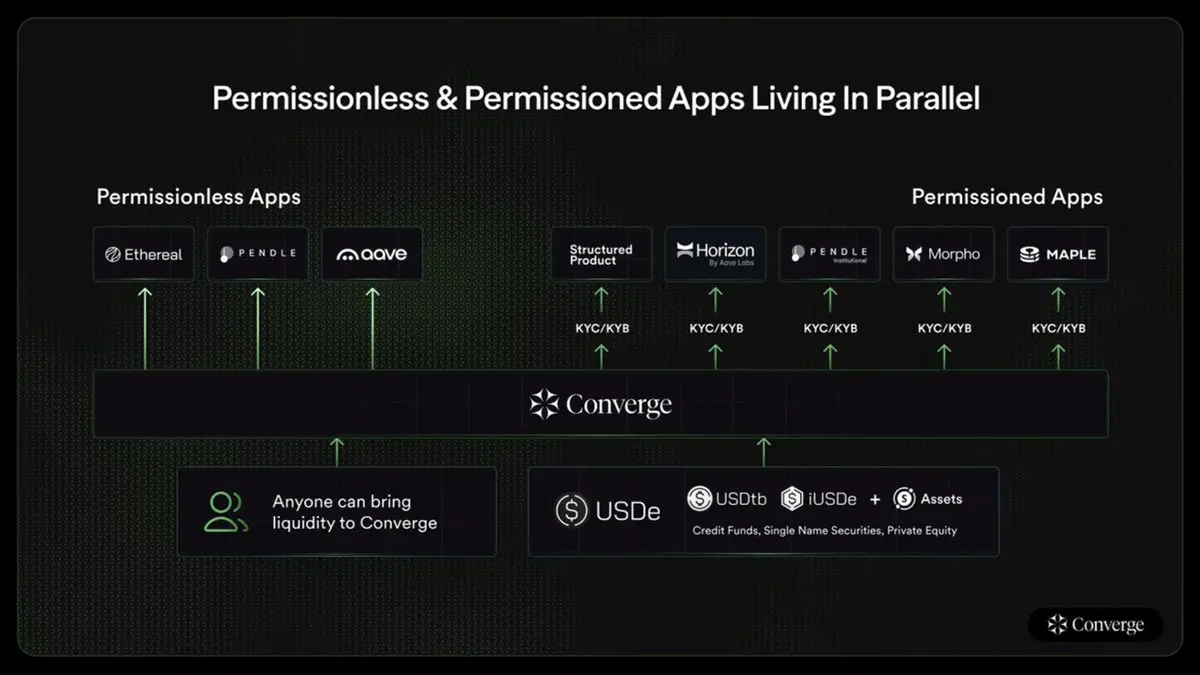
Codex
Codex is a secure, high-throughput Ethereum L2 designed for enterprises that need to use stablecoins in real financial processes (payroll, finance, trade) and value compliance, predictability, and privacy, specifically for native stablecoin payments, foreign exchange, and settlements.
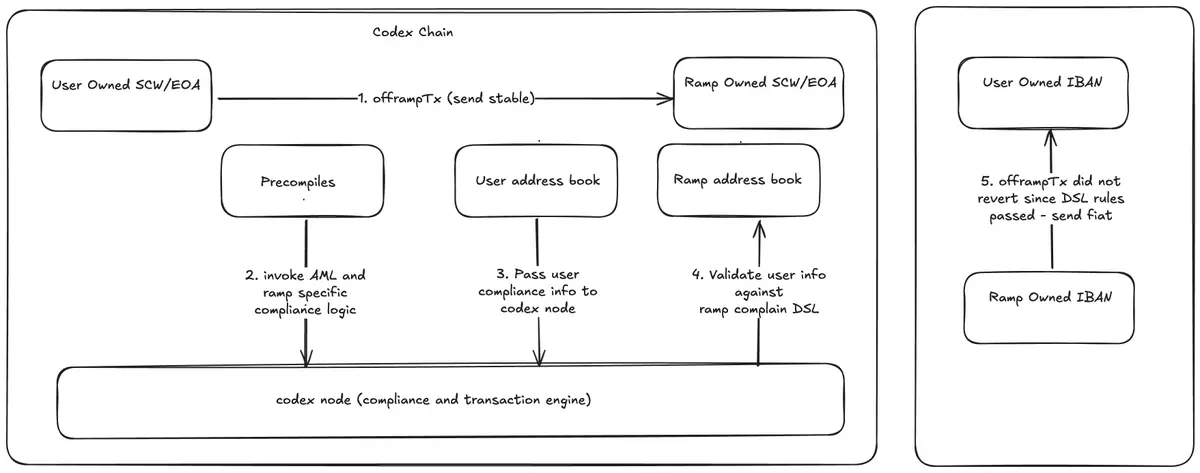
- Core Technology: Built on the OP Stack and hosted by Conduit.
- Fee Model: Transaction fees and gas abstraction mechanisms are optimized for stablecoin flows, ensuring deterministic execution for institutional-level reliability.
- Built-in Features: Includes foreign exchange and custodial functions to support multi-currency settlements. Additionally, the solution relies on the Ethereum mainnet for final settlement to ensure security and finality.
In terms of financing, Codex raised $15.8 million in a seed round led by Dragonfly, with support from Circle Ventures, Coinbase, Cumberland, and Wintermute. Its mainnet is set to launch in mid-2024.
Noble
Noble was originally a native asset issuance chain in the Cosmos ecosystem, aimed at bringing USDC and other stablecoins to application chains connected via IBC (Inter-Blockchain Communication Protocol). To date, Noble has processed over $8 billion in transaction volume, supporting stablecoin liquidity for dYdX and other Cosmos application chains.
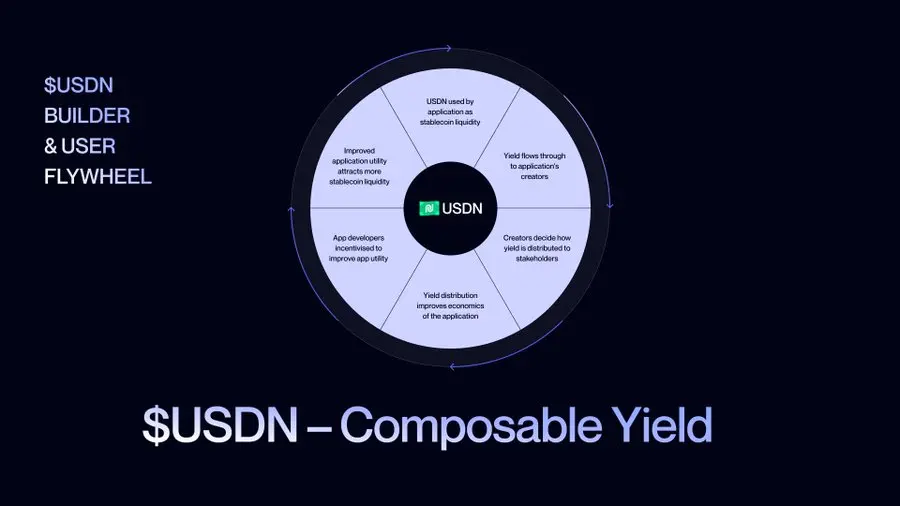
To address limitations in programmability, Noble is launching an EVM-compatible rollup called Noble AppLayer, secured by Celestia, supporting 100-millisecond block times, and enabling composable stablecoin yields on USDN (Noble's own stablecoin). Additionally, it supports providing liquidity to EVM chains via Hyperlane/IBC and offers a gateway for Noble issuance services to EVM chains, while being fully compatible with the Cosmos ecosystem, facilitating developers to create stablecoin-based applications and expand to more blockchain networks.
In terms of financing, Noble completed a $15 million Series A round last year, led by Paradigm, with Noble AppLayer expected to launch this summer.
Arc
Circle has announced the launch of Arc, a blockchain designed specifically for stablecoin finance, aimed at connecting traditional finance with native stablecoin chains to support internet-scale applications. The Arc chain has a processing capacity of approximately 3000 TPS, with transaction final confirmation times of less than 350 milliseconds, and is supported by 20 validators.
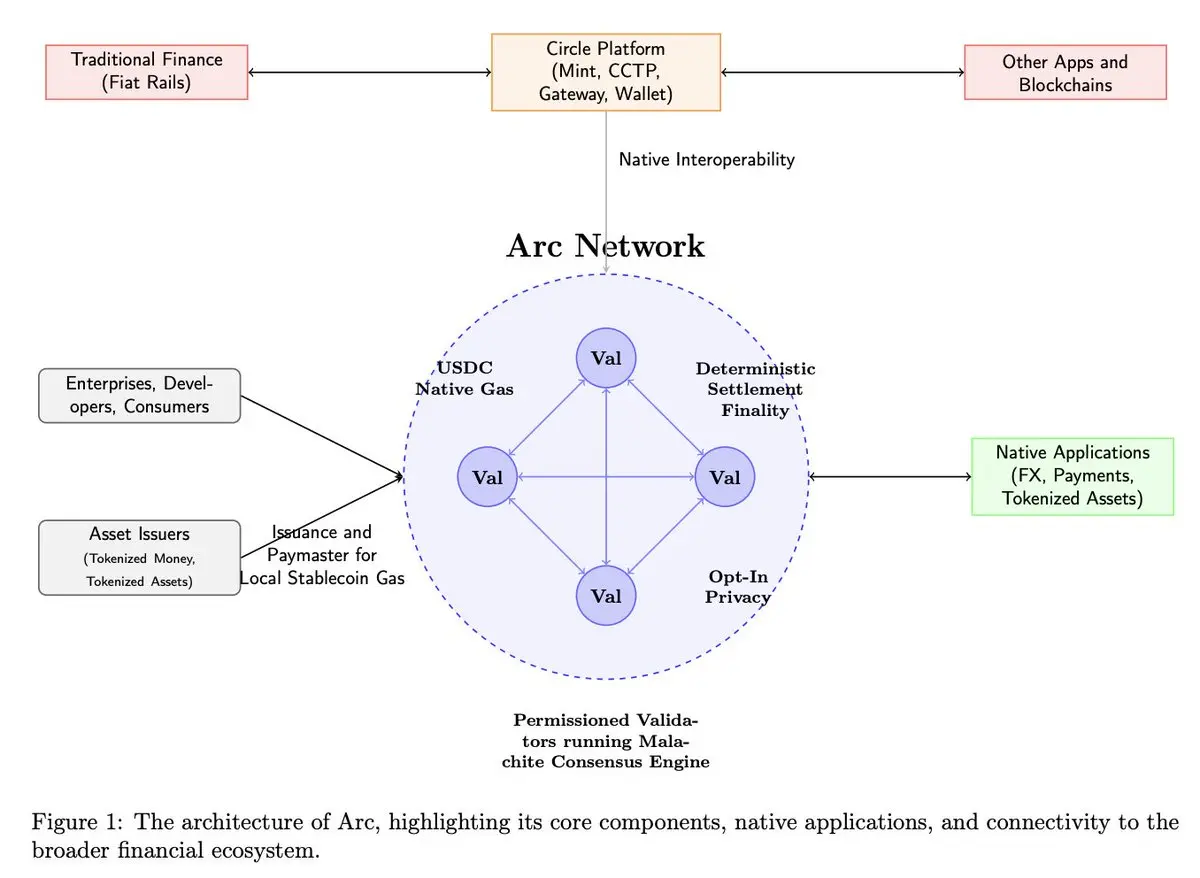
- Fee Model: Uses USDC as the native Gas token and supports interest-bearing stablecoin USYC.
- Built-in Features: Arc includes a foreign exchange engine that facilitates on-chain inter-institutional foreign exchange exchanges through a request for quote (RFQ) mechanism, and offers optional privacy features that allow for confidential transfers via viewing keys.
To address the issue of Maximum Extractable Value (MEV), Arc has planned a mitigation roadmap that includes a crypto trading pool, transaction batching, and a multi-proposer mechanism. Arc aims to connect traditional finance (TradFi) and native stablecoin chains at internet scale. It is also closely integrated with Circle's infrastructure, natively supporting CCTP and Gateway cross-chain, providing chain-abstracted balance management, and offering tools for on-chain invoicing, refunds, and AI financial management for enterprises.
While not pursuing maximum decentralization, it is positioned to embed tokenized dollars into enterprise payments, foreign exchange, and financial processes. Arc will launch a private testnet in the coming weeks, with a public testnet expected to be released this fall, supporting USDC as the core while also being open to other digital dollars and tokenized assets.
Tempo
Tempo is a stablecoin blockchain from payment giant Stripe and renowned crypto VC Paradigm, focusing on the payments sector, compatible with Ethereum, and led by Paradigm co-founder Matt Huang as CEO. Tempo does not use a native volatile token; transaction fees are paid solely in stablecoins, aiming for deep integration with Stripe's existing merchant system.
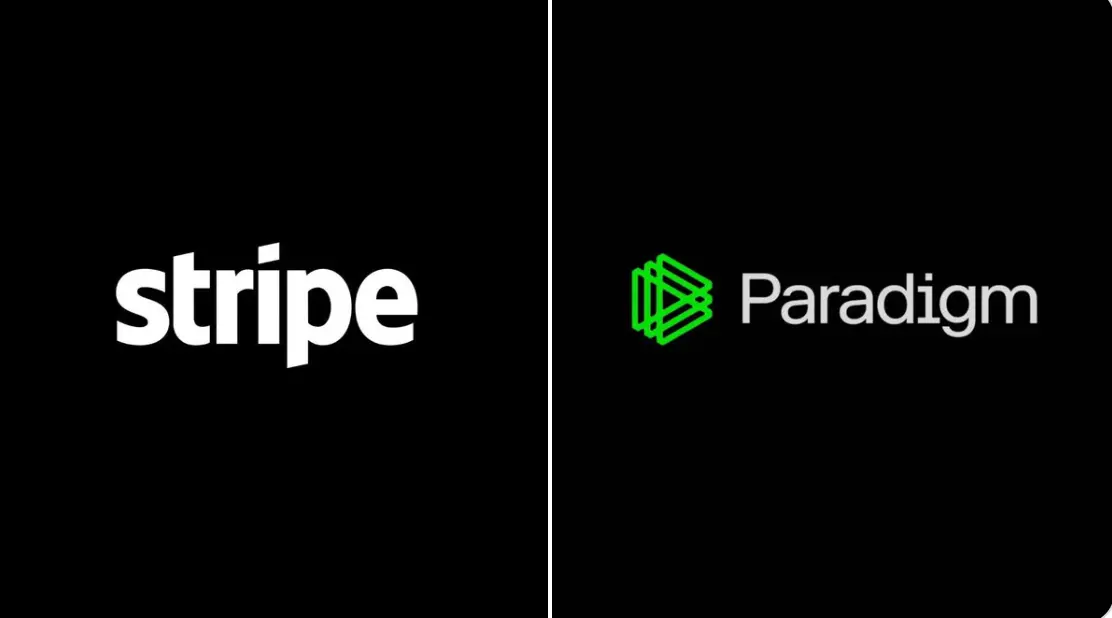
The project also leverages technologies from Stripe's previous acquisitions of Bridge (stablecoin infrastructure) and Privy (wallet infrastructure supporting social account logins) to further optimize user experience and compliance. It is reported that Tempo's goal is to embed stablecoin payment channels into Stripe's global infrastructure while ensuring that user experience and compliance processes remain unaffected.
Common Features and Future Outlook
All of the aforementioned native stablecoin chains exhibit some common characteristics:
- Stablecoin Payment Gas: Transaction fees are paid directly in stablecoins.
- High Performance: Sub-second finality and throughput of thousands or even tens of thousands of TPS.
- Low Transfer Costs: Zero fees or subsidized transfers become standard configurations.
- Fiat Channels: Provide pathways directly connected to fiat banking systems.
- Use Cases: Designed around real-world financial use cases, not just activities in the crypto-native domain.
In the future, we are likely to see a coexistence of multiple stablecoin chains. Each chain may be deeply tied to a specific issuer and a set of products, but they all serve the same global need: a better way to move funds.
However, the ultimate winners will be those platforms that can invisibly provide on-chain support for every checkout, every payroll disbursement, and every cross-border remittance.
免责声明:本文章仅代表作者个人观点,不代表本平台的立场和观点。本文章仅供信息分享,不构成对任何人的任何投资建议。用户与作者之间的任何争议,与本平台无关。如网页中刊载的文章或图片涉及侵权,请提供相关的权利证明和身份证明发送邮件到support@aicoin.com,本平台相关工作人员将会进行核查。




